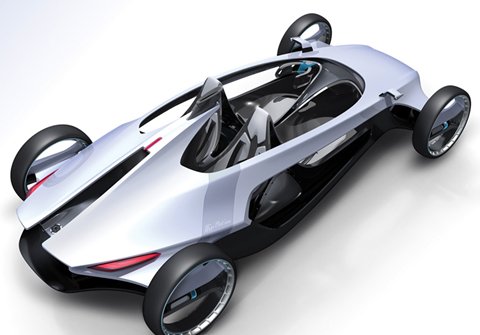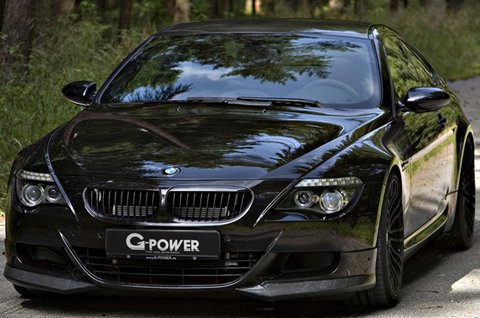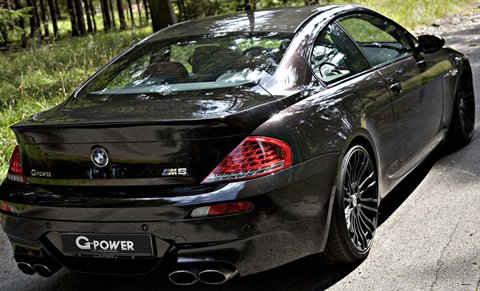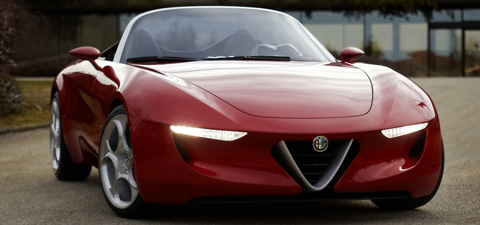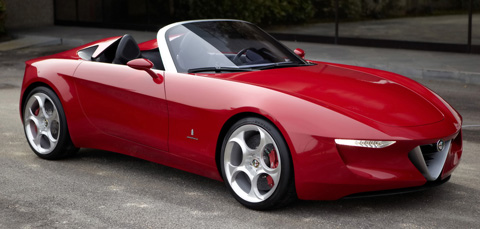World's Fastest Cars
While most of us can only dream of owning the fastest car in the world, some will do whatever it takes to possess such speed and power. So, how fast are the fastest cars in the world? Here are the 10 fastest cars available on the market measures by top speed.
1. Bugatti Veyron: 267 mph, 0-60 in 2.5 secs. Aluminum, Narrow Angle 8 Liter W16 Engine with 1200 hp, base price is $1,700,000. Tested again on July 10, 2010 with the new 2010 Super Sport Version, the Bugatti Veyron once again claimed its title as the fastest car in the world at 267 mph.
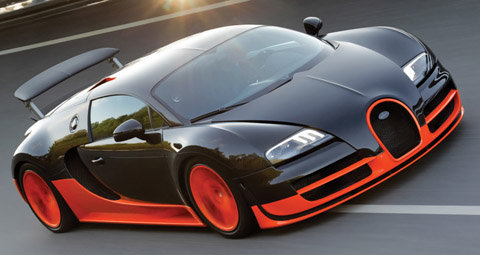
2. SSC Ultimate Aero: 257 mph, 0-60 in 2.7 secs. Twin-Turbo V8 Engine with 1183 hp, base price is $654,400. Tested in March 2007 by Guinness World Records, The SSC Ultimate Aero was the fastest car in the world from March 2007 to July 2010 until recently it fell behind the Bugatti Veyron to take the #2 spot.
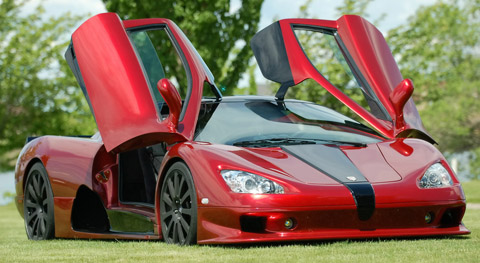
3. Saleen S7 Twin-Turbo: 248 mph, 0-60 in 3.2 secs. Twin Turbo All Aluminum V8 Engine with 750 hp, base price is $555,000. Smooth and bad-ass, will make you want to show it off non-stop.
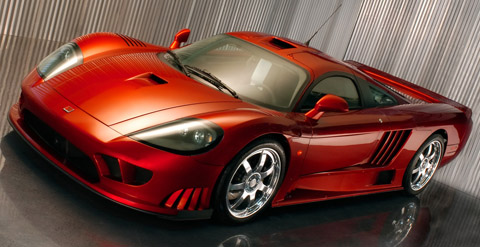
4. Koenigsegg CCX: 245 mph, 0-60 in 3.2 secs. 90 Degree V8 Engine 806 hp, base price is $545,568. Made in Sweden, it is aiming hard to be the fastest car in the world, but it has a long way to go to surpass the Bugatti and the Ultimate Aero.
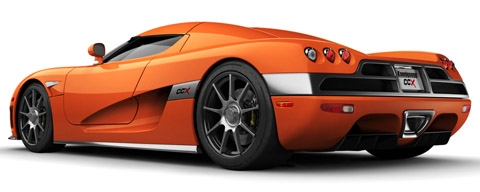
5. McLaren F1: 240 mph, 0-60 in 3.2 secs. BMW S70/2 60 Degree V12 Engine with 627 hp, base price is $970,000. Check out the doors, they looks like bat wings, maybe Batman need to order one and paints it black 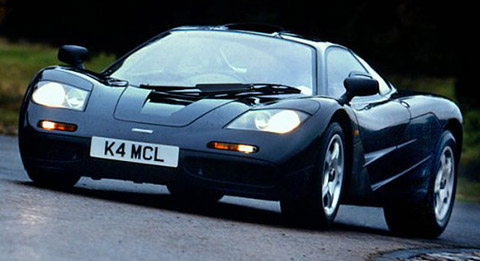
6. Ferrari Enzo: 217 mph, 0-60 in 3.4 secs. F140 Aluminum V12 Engine with 660 hp, base price is $670,000. Only 399 ever produced, the price goes up every time someone crashes.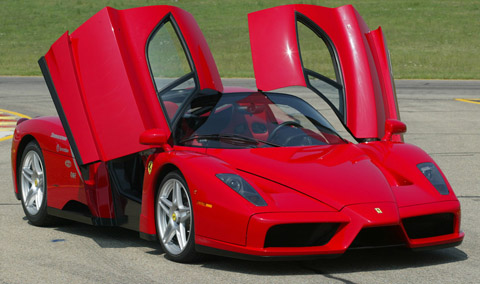
7. Jaguar XJ220: 217 mph, 0-60 in 3.8 secs. Twin Turbo V6 Engine with 542 hp, base price was $650,000. Made in 1992, this car still got what it takes to make the list.
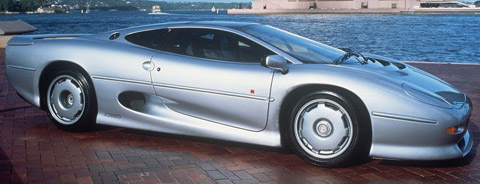
8. Pagani Zonda F: 215 mph, 0-60 in 3.5 secs. Mercedes Benz M180 V12 Engine with 650 hp, base price is $667,321. With a V12 motor, this baby can do much better.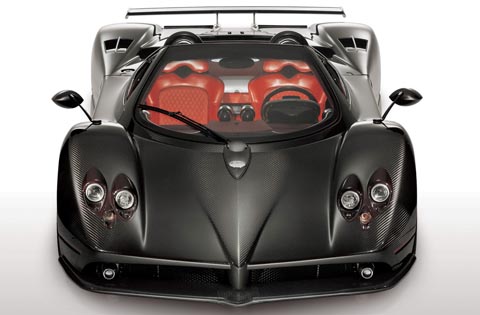
9. Lamborghini Murcielago LP640: 211 mph, 0-60 in 3.3 secs. V12 Engine with 640 hp, base price is $430,000. Nice piece of art, the design is very round and smooth.
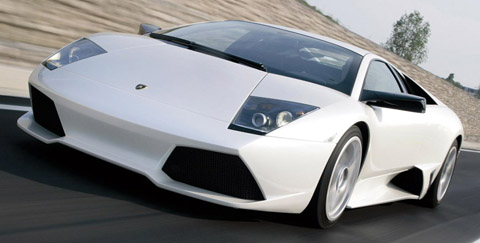
10. Porsche Carrera GT: 205 mph, 0-60 in 3.9 secs. Aluminum, 68 Degree, Water Cooled V10 Engine with 612 hp, base price is $440,000. The most powerful and most expensive Porsche nearly made the list as #10.
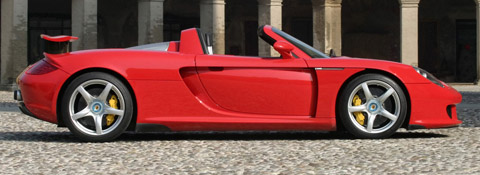
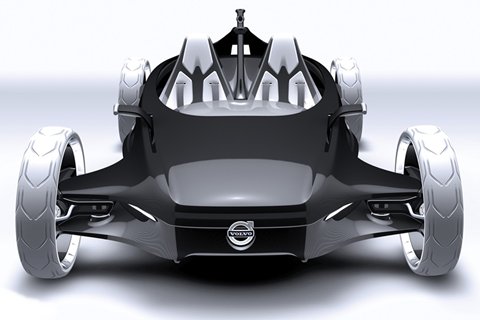 Its exterior is designed like a clamshell; a body made from carbon fiber and can hold up to four people. The normally heavy conventional internal engine is replaced by compressed air motors. Theses motors cool down instead of heating up when it is under load, making heavy cooling systems unnecessary for the vehicle, thus making it lighter. Instead of gasoline stations, the mounted air tank of the vehicle is filled with compressed air using “Air Replenishment Sites”; these sites are outfitted with a wind-power air turbines suspended one-thousand feet in the air. This car makes people say goodbye to gasoline, gasoline-powered cars and/or vehicles, and although this doesn’t eliminate the need for gasoline completely, it eliminates one of the machines that need it the most.
Its exterior is designed like a clamshell; a body made from carbon fiber and can hold up to four people. The normally heavy conventional internal engine is replaced by compressed air motors. Theses motors cool down instead of heating up when it is under load, making heavy cooling systems unnecessary for the vehicle, thus making it lighter. Instead of gasoline stations, the mounted air tank of the vehicle is filled with compressed air using “Air Replenishment Sites”; these sites are outfitted with a wind-power air turbines suspended one-thousand feet in the air. This car makes people say goodbye to gasoline, gasoline-powered cars and/or vehicles, and although this doesn’t eliminate the need for gasoline completely, it eliminates one of the machines that need it the most.